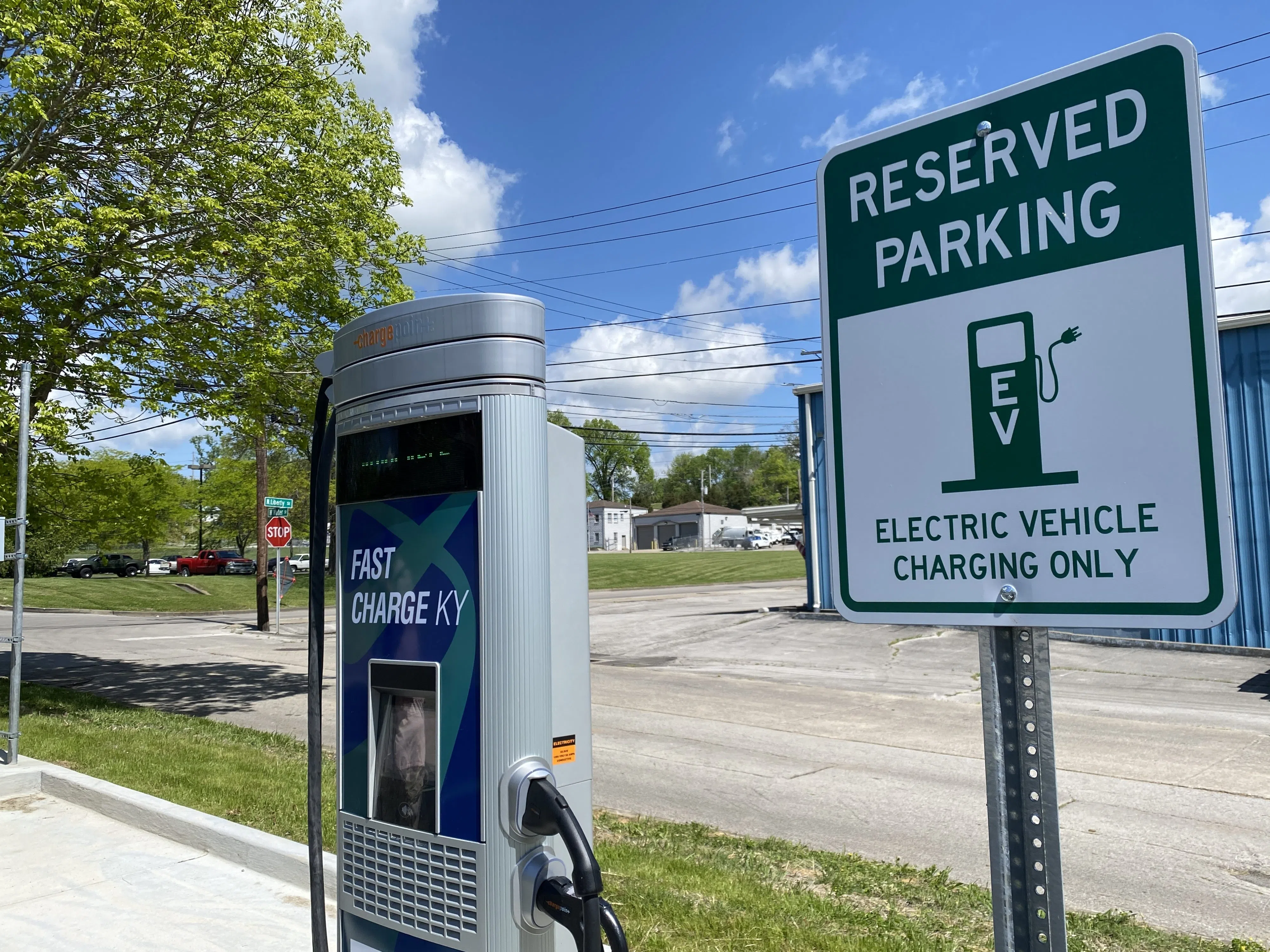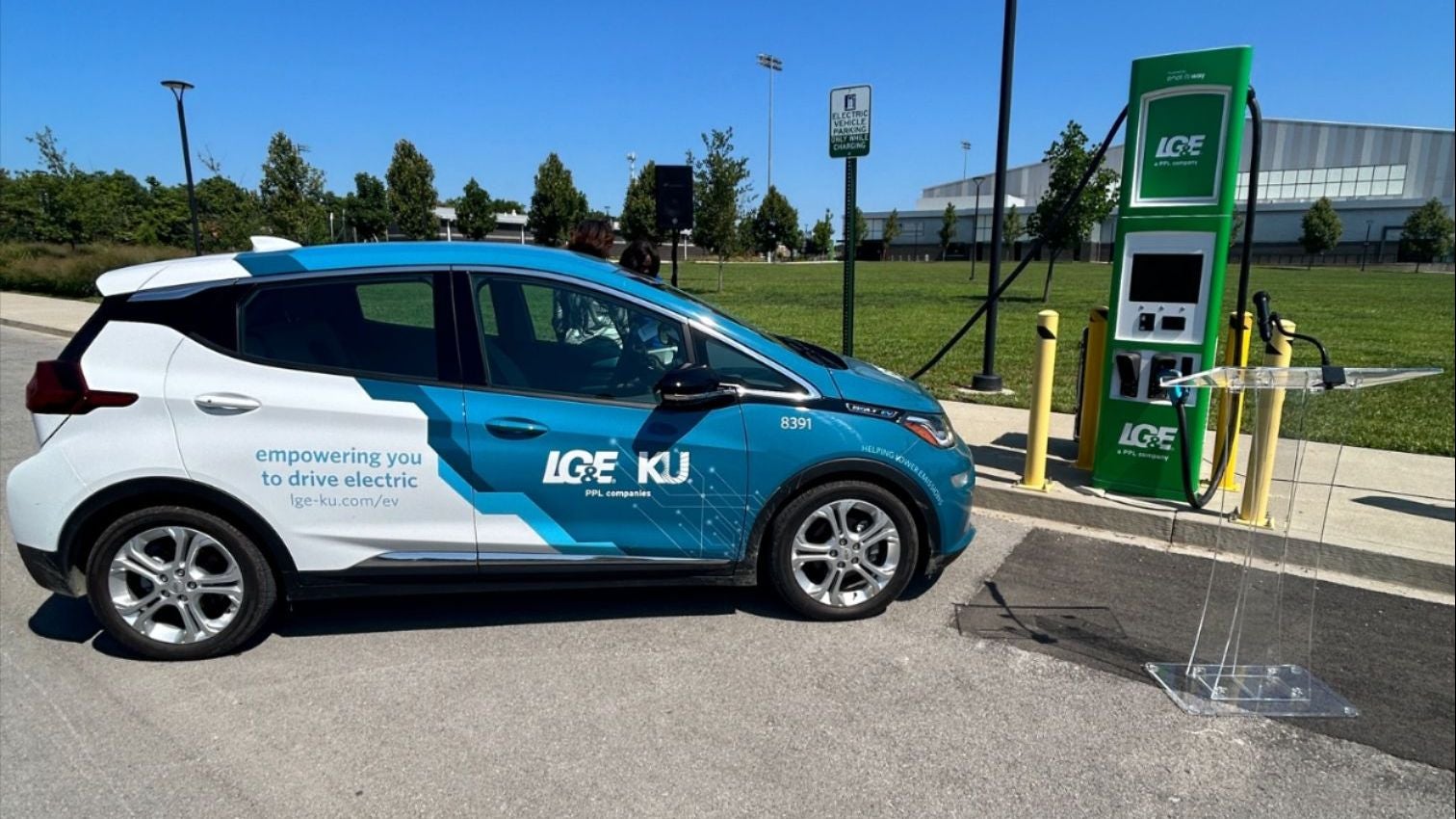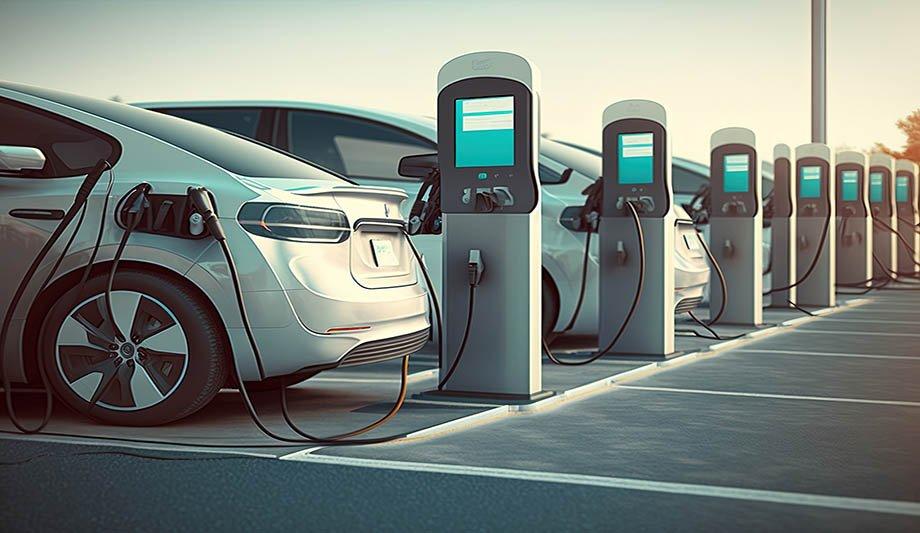What’s Driving the Growth of EV Infrastructure? Buy EV Charging news for Key Updates
What’s Driving the Growth of EV Infrastructure? Buy EV Charging news for Key Updates
Blog Article
Leading EV Charging Information: Trick Updates on Infrastructure and Innovation

Recent Developments in Fast-Charging Technology

In addition, innovations in battery modern technology, including boosted thermal management systems and higher power density batteries, complement fast-charging abilities. These developments mitigate the danger of battery deterioration during rapid charging, guaranteeing longevity and efficiency for EV proprietors.
In addition, the combination of clever billing remedies is improving user experience, making it possible for real-time surveillance and vibrant pricing versions. EV Charging news. This adaptability permits motorists to enhance charging expenses and times based on grid need
As automakers continue to purchase fast-charging networks, the collaboration in between market stakeholders is vital. Collaborations between charging terminal service providers and vehicle makers are leading the way for substantial insurance coverage, inevitably fostering a much more durable EV community. These developments are critical in sustaining the transition to sustainable transportation.
Government Campaigns for Billing Growth
Federal government efforts play an essential role in the development of electrical automobile (EV) billing framework, helping with the shift to sustainable transportation. Different government and state programs are being implemented to enhance charging accessibility, reduce the economic problem on customers, and advertise the adoption of electrical cars.
Significantly, the united state federal government has actually designated substantial financing via the Infrastructure Financial Investment and Jobs Act, which sets aside $7.5 billion for EV charging network growth across the nation. This financing is aimed at deploying thousands of brand-new billing terminals, especially in underserved areas, thereby attending to array anxiety among potential EV buyers.
Additionally, numerous states are enacting regulations to streamline the permitting process for charging station installations, which is critical for increasing deployment. Rewards such as tax obligation debts and rebates for both customers and companies are additionally being presented to urge the setup of billing framework.
Additionally, public-private partnerships are significantly becoming a focus, leveraging personal investment to match government funding. These initiatives highlight a collective technique crucial for developing a comprehensive and reliable EV charging network, inevitably adding to a greener and more sustainable future.
Innovative Battery Solutions Enhancing Efficiency
Transforming the landscape of electrical car (EV) innovation, ingenious battery services are dramatically enhancing effectiveness and efficiency. Advances in battery chemistry, especially with lithium-sulfur and solid-state batteries, are resulting in raised power thickness, which allows for longer arrays and faster charging times. These new battery kinds have the possible to outmatch traditional lithium-ion batteries by using higher abilities while reducing weight, therefore boosting general automobile efficiency.
Additionally, growths in battery administration systems (BMS) are enhancing power usage and expanding battery life expectancy. Intelligent formulas monitor battery wellness and performance, enabling real-time changes to charging and releasing procedures. This not just enhances the effectiveness of the battery yet likewise makes sure a more reputable and sustainable energy source for EVs.
Furthermore, the integration of reusing innovations is dealing with Source the ecological effect of battery manufacturing and disposal. Technologies in second-life applications for EV batteries are facilitating their usage in power storage space systems, adding to a more tips here circular economic climate.
As these ingenious battery services remain to progress, they guarantee to transform the EV market, making electrical cars a lot more enticing and available to a more comprehensive audience while supporting worldwide sustainability goals.

Cooperation In Between Automakers and Billing Networks
Acknowledging the critical demand for a robust billing infrastructure, automakers are increasingly collaborating with charging network providers to boost the EV ownership experience (EV Charging news). These partnerships aim to create a seamless charging ecological community that benefits consumers and sustains the change to electrical cars
Major automotive brand names are signing up with forces with well-known billing networks to expand their billing station insurance coverage, making sure vehicle drivers have accessibility to hassle-free and reputable billing choices. Collaborations with networks like ChargePoint and Electrify America permit automakers to integrate charging options directly right into their automobiles' navigation systems, leading users to the nearby terminals and supplying real-time accessibility updates.
Furthermore, these cooperations commonly result in the development of fast-charging technologies that substantially decrease the time required to charge an EV. By merging sources and proficiency, car manufacturers and billing networks can innovate much faster, creating services that fulfill the expanding demand for electrical wheelchair.
Furthermore, joint efforts may also lead to more standardized charging protocols, which can minimize consumer confusion and promote broader EV adoption. Generally, these critical alliances are pivotal in constructing a straightforward and efficient billing framework that satisfies the needs of an increasing electric automobile market.
Obstacles Dealing With EV Billing Framework
As the electric vehicle market proceeds to grow, a number of challenges are appearing that hinder the advancement of a thorough charging framework. One of the main obstacles is the not enough variety of charging terminals, especially in country and underserved city areas. This gap produces array anxiousness among possible EV buyers, preventing them from making the button.
In addition, the absence of standardization in billing innovation makes complex the framework landscape. Variants in plug kinds and charging rates can create confusion for users and boost functional complexities for billing network operators. In addition, the assimilation of charging terminals right into existing electric grids presents substantial difficulties. Numerous areas face capacity limitations, requiring significant financial investments in grid upgrades to suit enhanced need.
One more pushing problem is the high cost connected with the installment and upkeep of billing stations, which can be a barrier for his explanation both public entities and personal companies. Finally, regulative difficulties and zoning restrictions can postpone the implementation of billing facilities, restraining development in broadening essential services. Resolving these difficulties will be important for promoting a durable EV community that sustains the transition to sustainable transport.
Conclusion
To conclude, the ongoing advancements in EV billing technology, supported by significant government efforts and cutting-edge battery remedies, are vital for the development and performance of electric automobile infrastructure. Cooperations in between automakers and billing carriers better boost terminal protection, dealing with the expanding demand for available billing alternatives. Regardless of obstacles that continue within the EV charging landscape, these growths represent a favorable trajectory in the direction of a much more reliable and lasting electrical automobile ecosystem.
Technologies in charging infrastructure have led to the growth of ultra-fast chargers qualified of delivering up to 350 kW of power, dramatically lowering billing times. Variants in plug kinds and billing speeds can create complication for individuals and increase operational complexities for charging network operators.In verdict, the ongoing improvements in EV billing innovation, supported by significant federal government efforts and ingenious battery options, are vital for the expansion and efficiency of electric automobile framework. Collaborations in between automakers and charging providers additionally boost station protection, attending to the growing demand for accessible charging choices. Regardless of challenges that linger within the EV billing landscape, these developments signify a favorable trajectory in the direction of a more lasting and effective electric car environment.
Report this page